Birds are an essential part of our ecosystem, and they come in various types, shapes, and sizes. Moorlands, which are typically characterized by vast expanses of open moors, represent one of the most pivotal natural habitats for several bird species.
These landscapes offer an ideal home to a diverse array of birds adapted to living in open, windswept environments, from unique wading and ground-nesting birds to soaring raptors and rare migratory species.
In this article, we will look at some of the most common and fascinating birds found in moorland regions, highlighting their unique features and adaptations that enable them to survive in such a challenging environment.
1. Black Grouse
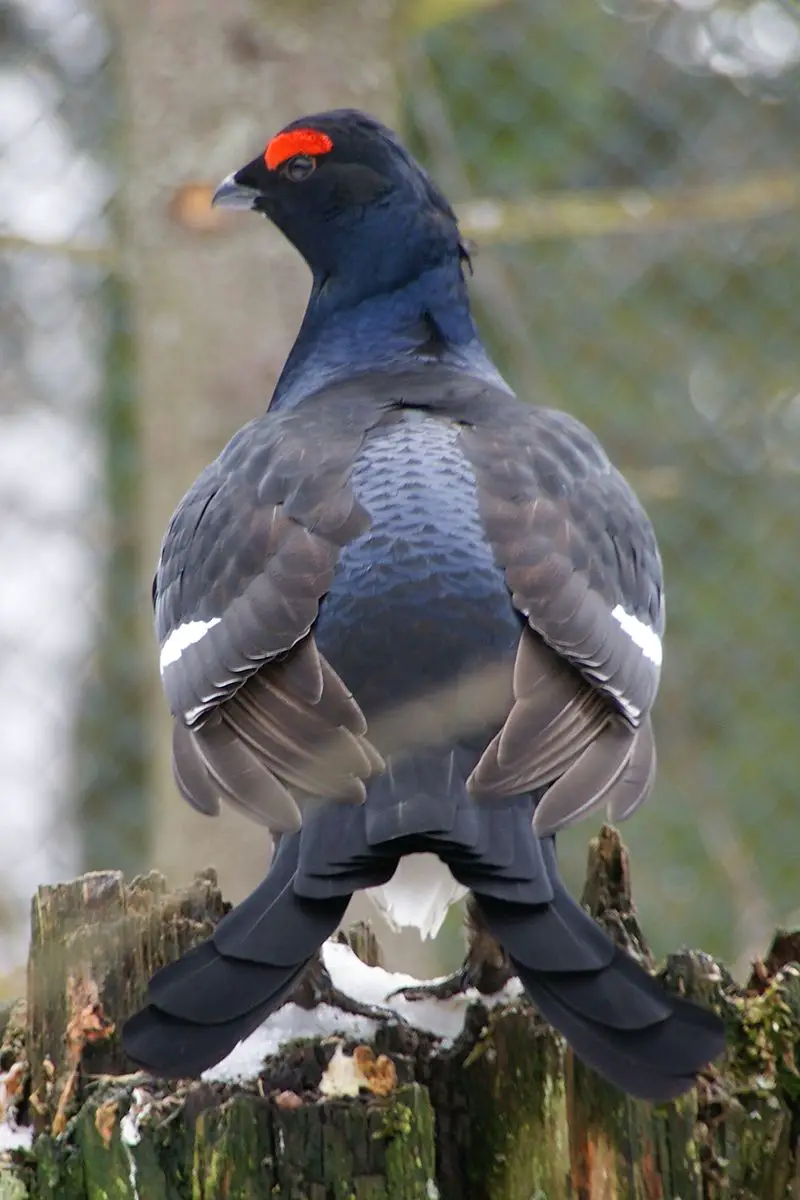
The black grouse is a large bird in the grouse family. It lives mainly in moorland and steppe habitats, often near wooded areas. In winter, it moves to dense forests where its diet consists almost exclusively of conifer needles.
These birds have an impressive wingspan of up to 75 cm wide, with males boasting dark metallic plumage and white tail feathers that they display during courtship rituals known as ‘leks’. Females are smaller than males with more brownish-grey coloured feathers.
Both sexes possess red combs above their eyes which become brighter during mating season – along with yellow wattles on their throats.
The black grouse is considered vulnerable due to loss of habitat caused by human activity such as deforestation and agricultural practices.Scientific classification:
| Kingdom | Animalia |
| Phylum | Chordata |
| Class | Aves |
| Order | Galliformes |
| Family | Phasianidae |
| Genus | Lyrurus |
| Species | L. tetrix |
Also Featured In: Native Birds Of Germany, Belarus Birds You Should Know
2. Whinchat
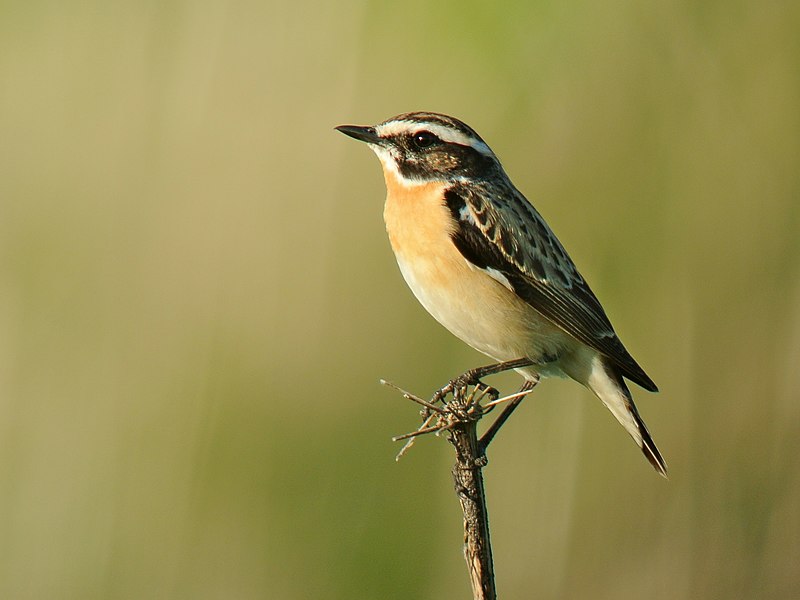
The Whinchat is a small passerine bird found in Europe, western Asia and central Africa. This species was once thought to belong to the thrush family, but now it has been moved into the Old World flycatcher group.
Both male and female have an obvious supercilium (eyebrow) along with mottled brownish upper parts that create a distinct pattern of dark markings.
The throat and breast are pale while its belly ranges from buff-white coloration.
They also feature pointed wings with white wing bars as well as long legs for ground feeding when needed during migration periods or nesting times.
Usually seen alone, these birds spend time perching on posts or low shrubs before making short flights between habitats in search of food such as insects, spiders and other invertebrates which they usually catch by hovering briefly over them first before snatching them up.Scientific classification:
| Kingdom | Animalia |
| Phylum | Chordata |
| Class | Aves |
| Order | Passeriformes |
| Family | Muscicapidae |
| Genus | Saxicola |
| Species | S. rubetra |
Also Featured In: Most Beautiful birds of Greece, Birds of Latvia
3. Hen Harrier
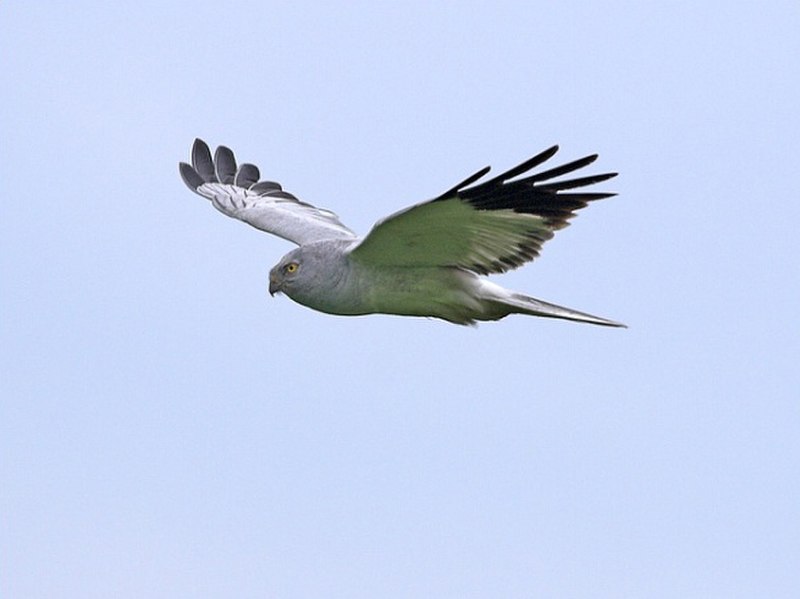
The Hen Harrier is a majestic bird of prey that breeds across Eurasia. It has the distinction of being one of the few birds to hunt free-roaming poultry, hence its name.
During winter months it migrates southwards towards Southern Europe and temperate Asia in search for more favourable climates than what can be found in its northern nesting grounds.
In milder regions like Great Britain and France, these raptors may remain year round where they are often spotted hunting over higher ground areas such as meadows or moorlands.
The hen harrier is an incredible sight with its dark wingspan soaring through the air while searching for small mammals or reptiles on which it feeds upon.Scientific classification:
| Kingdom | Animalia |
| Phylum | Chordata |
| Class | Aves |
| Order | Accipitriformes |
| Family | Accipitridae |
| Genus | Circus |
| Species | C. cyaneus |
Also Featured In: Birds found in portugal, Most Common Scotland Birds
4. Willow Warbler
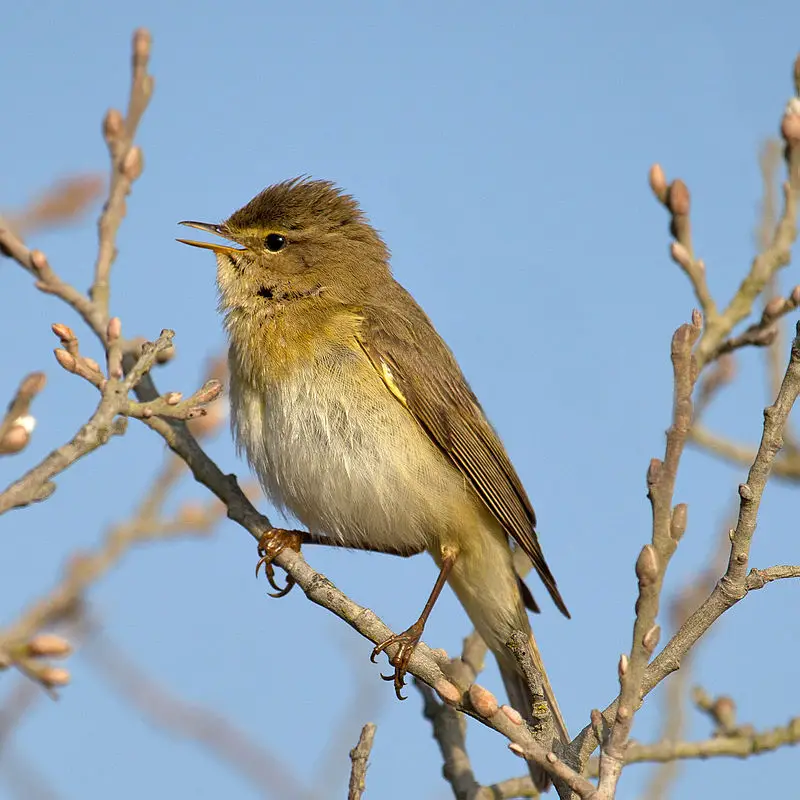
The Willow warbler is a small, colorful bird found throughout much of northern and temperate Europe. It has yellowish upperparts and whitish underparts with brown streaks on its breast.
In the summer months it migrates to breed in open woodlands with trees for nesting.
During winter season, most of the population fly south to sub-Saharan Africa where they will stay until spring comes around again when they make their way back northward once more.
They feed mainly on insects but also sometimes eat seeds or berries during the colder months when food can be scarce.
The Willow Warbler is an important part of our ecosystem as many birds rely upon them for food while migrating through different areas across Europe each year.Scientific classification:
| Kingdom | Animalia |
| Phylum | Chordata |
| Class | Aves |
| Order | Passeriformes |
| Family | Phylloscopidae |
| Genus | Phylloscopus |
| Species | P. trochilus |
Also Featured In: Norway Birds, Willows Birds Around You
5. European Golden Plover
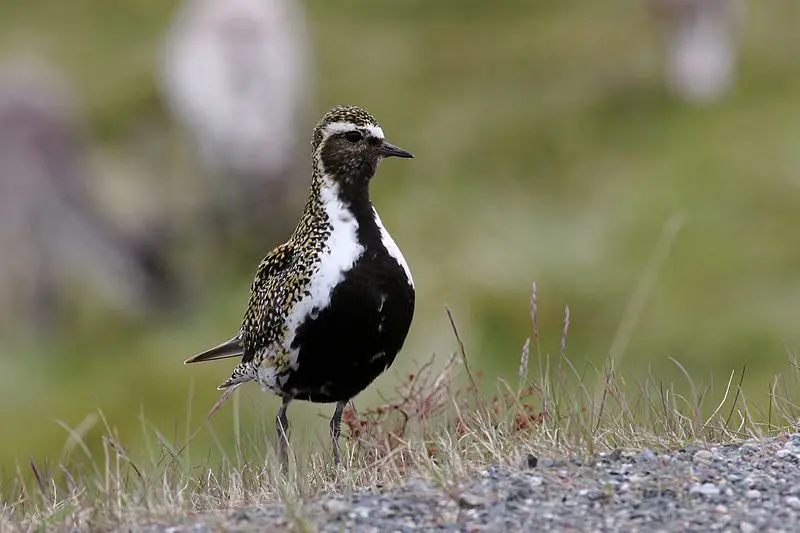
The European golden plover is a large bird that breeds in temperate Eurasia. It has an attractive golden-brown plumage, with black and white markings on its wings and back.
Its long legs are yellowish at the base of their tarsi, while its bill is light grey or pinkish in colour.
During winter months it migrates to Africa where it can be spotted along grasslands and dry plains near water sources such as lakes and rivers.
The species feeds mostly on insects, seeds and small invertebrates found on the ground during breeding season but also eats some berries when available.
They form flocks which help them protect against predators like hawks by providing better visibility for each other from above.
These birds make loud calls upon arrival at their nesting grounds before performing spectacular courtship displays involving flying high into the sky then rapidly diving down again.Scientific classification:
| Kingdom | Animalia |
| Phylum | Chordata |
| Class | Aves |
| Order | Charadriiformes |
| Family | Charadriidae |
| Genus | Pluvialis |
| Species | P. apricaria |
Also Featured In: Iceland birds, Shetland Islands Birds You Should Know
6. Ring Ouzel
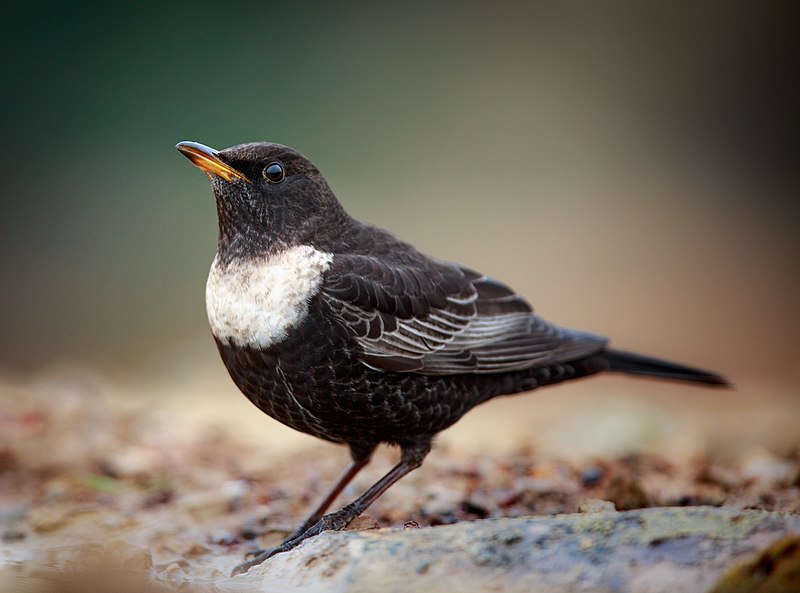
The Ring Ouzel is a medium-sized thrush that stands between 23 and 24 centimetres tall. It has a predominantly black plumage, with males featuring a white crescent across their chest.
Females are browner in colour and young birds may lack the pale markings altogether. This species can be found mainly throughout Europe but also inhabits parts of Asia Minor and North Africa during the winter months.
Its diet consists primarily of insects, berries, fruits, earthworms and snails which it finds while foraging on woodland floors or in rocky areas around streams or rivers.
The ring ouzel nests near its food sources – typically amongst boulders along mountain streams – where they lay three to five eggs at once per nest every springtime season before heading south again come autumn time.Scientific classification:
| Kingdom | Animalia |
| Phylum | Chordata |
| Class | Aves |
| Order | Passeriformes |
| Family | Turdidae |
| Genus | Turdus |
| Species | T. torquatus |
Also Featured In: Andorra birds, Common Slovakian Birds
7. Grey Wagtail
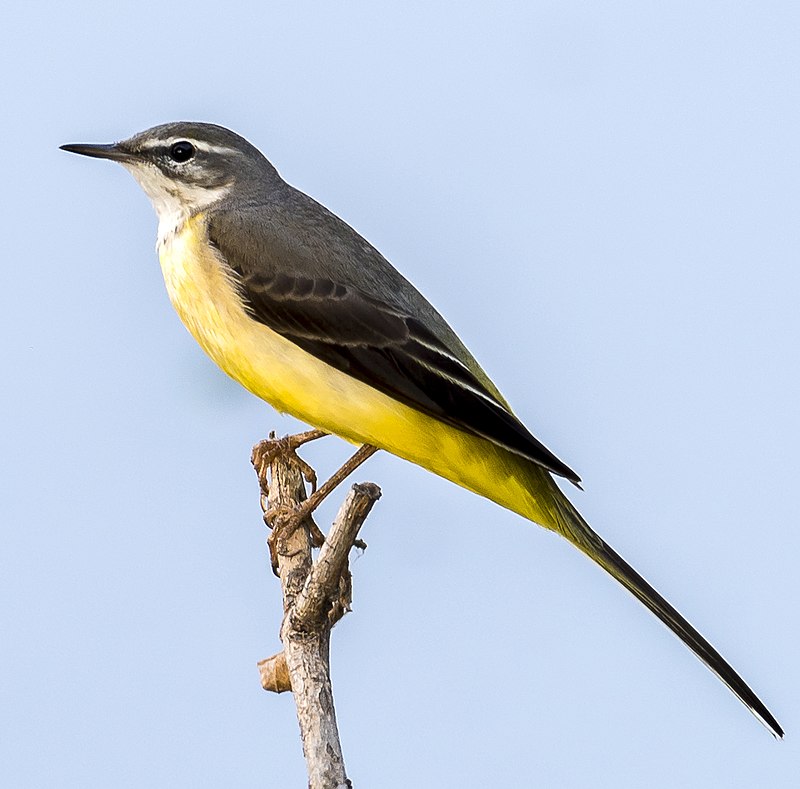
The Grey Wagtail is a beautiful bird species, belonging to the Motacillidae family. It measures 18-19 cm in length and has distinctive black throat markings for breeding males.
Their yellow colouring on their underside extends from the throat to the vent area only. This species can be found across Europe and Siberia during its breeding season before migrating further south towards tropical areas of Asia or Africa.
Its diet consists mainly of insects which it catches with quick movements as it usually hops or flutters around watercourses such as streams, rivers or lakesides – although they are also seen near roads too.
The grey wagtail makes an attractive addition to any garden so why not give them a chance by providing food sources like peanuts and sunflower hearts?Scientific classification:
| Kingdom | Animalia |
| Phylum | Chordata |
| Class | Aves |
| Order | Passeriformes |
| Family | Motacillidae |
| Genus | Motacilla |
| Species | M. cinerea |
Also Featured In: Czech Republic Birds, Birds of Wales: Exploring Diverse Habitats and Conservation Efforts
8. Rock Ptarmigan
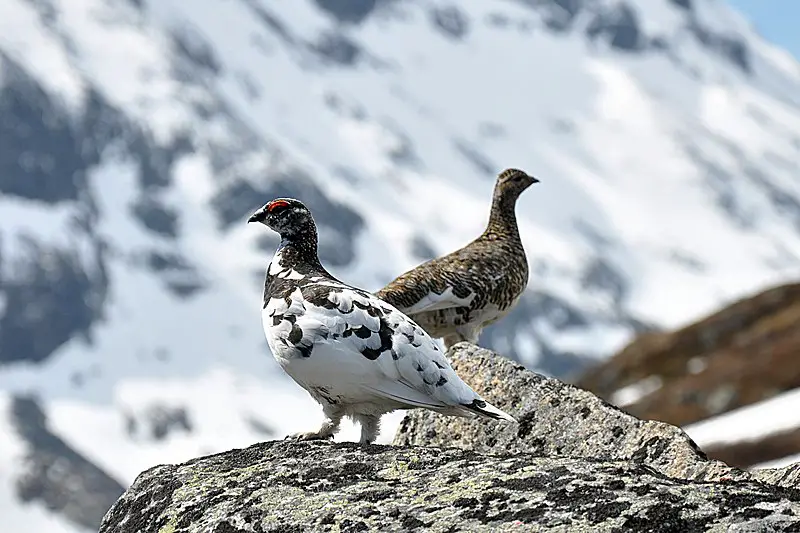
The Rock Ptarmigan is a medium-sized game bird in the grouse family, known simply as the ptarmigan in the UK.
It has been chosen as an official bird for two Canadian territories and provinces; Nunavut (aqiggiq) and Newfoundland & Labrador.
In Japan, it is referred to as raichō which means “thunderbird”. With its white plumage that changes to grey during winter months, it is easily camouflaged against snowdrifts or rocky terrain where they make their nests.
They mainly feed on plants like willow buds and roots but also take insects when available.
The females of this species are brownish with black markings while males have red combs above their eyes making them easy to identify.Scientific classification:
| Kingdom | Animalia |
| Phylum | Chordata |
| Class | Aves |
| Order | Galliformes |
| Family | Phasianidae |
| Genus | Lagopus |
| Species | L. muta |
Also Featured In: Alaska Birds, British Columbian Birds
9. European Stonechat
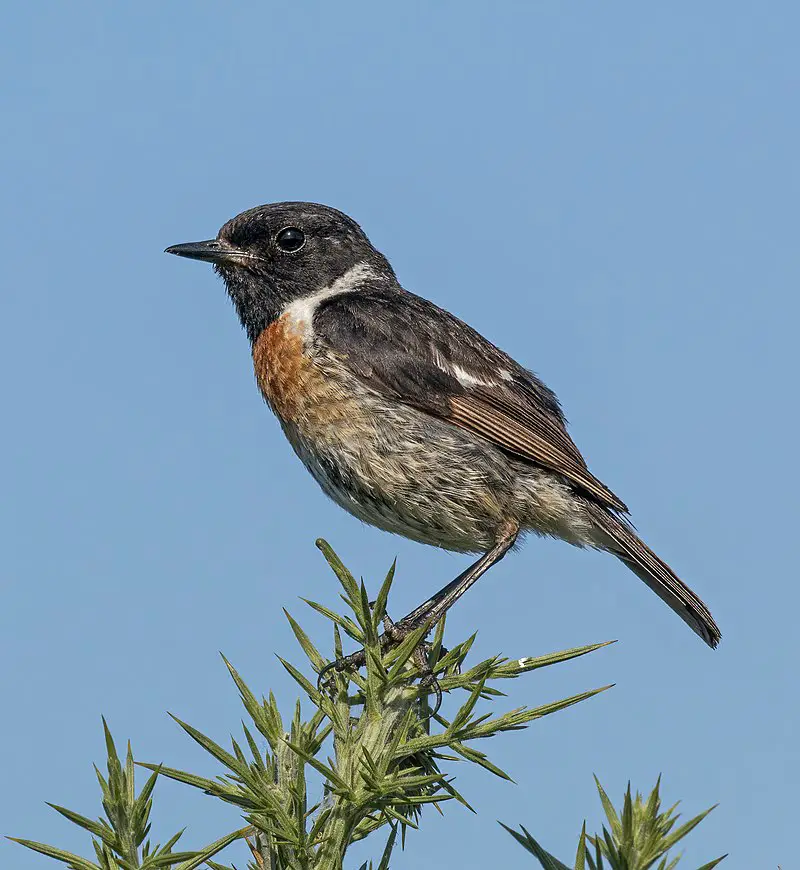
The European stonechat is a small passerine bird belonging to the Old World flycatcher family, Muscicapidae.
It was first described by Swedish naturalist Carl Linnaeus in 1766 and has long been recognised as a subspecies of the common stonechat.
They have dark brown upperparts with black patches on their wings, reddish-orange throats and breast with grey colouring on its underside.
Males also have a distinctive white patch near their tail feathers while females lack this feature but instead possess two whitish spots at each side of their throat area.
These birds are mostly found in open grasslands or scrubland habitats where they feed mainly on insects although some seed consumption does occur during winter months when food becomes scarce.Scientific classification:
| Kingdom | Animalia |
| Phylum | Chordata |
| Class | Aves |
| Order | Passeriformes |
| Family | Muscicapidae |
| Genus | Saxicola |
| Species | S. rubicola |
Also Featured In: birds of orange, Most Popular Birds in Mallorca
10. Northern Wheatear
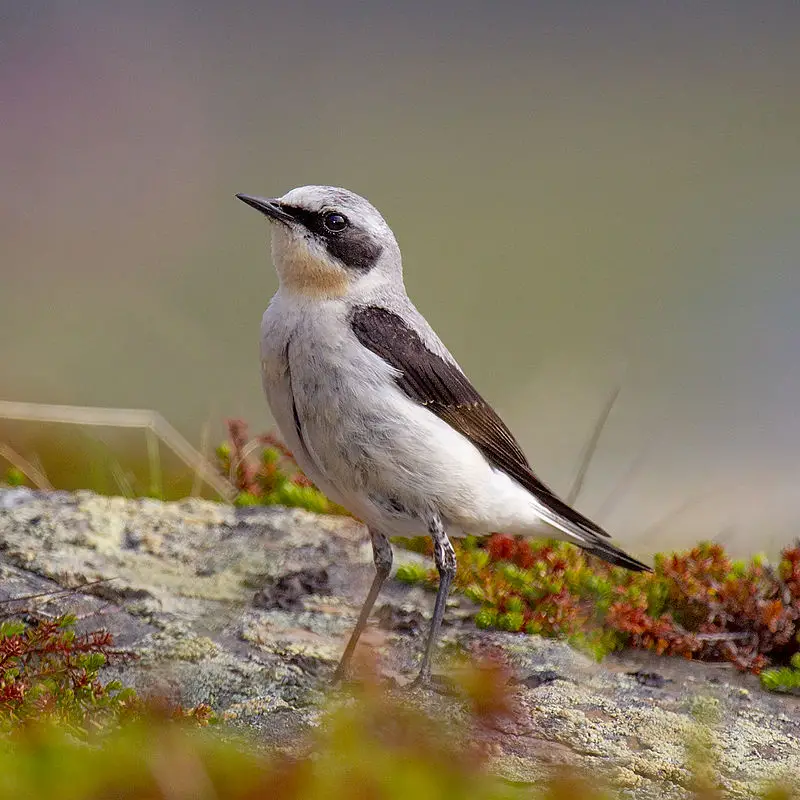
The Northern Wheatear is a small migratory bird found in Europe, North, and Central Asia. Formerly classified as a member of the thrush family, it is now considered an Old World flycatcher.
These insectivorous birds breed during the summer months and migrate long distances during the winter season.
They are the most widespread of the Oenanthe wheatear genus. With distinctive black and white markings and a slender body, they are easy to identify.
The Northern Wheatear is known for its acrobatic ability, often seen catching insects mid-air. Males often have striking blue-grey wings and a slate-blue head, while females have brown plumage with a slight peach hue.
Their migration patterns have made them a popular bird for birdwatchers, with sightings occurring in various countries such as Iceland, the UK, and Russia.Scientific classification:
| Kingdom | Animalia |
| Phylum | Chordata |
| Class | Aves |
| Order | Passeriformes |
| Family | Muscicapidae |
| Genus | Oenanthe |
| Species | O. oenanthe |
Also Featured In: Flight Birds You Should Know, Birds that Live in Greenland
11. Red Grouse
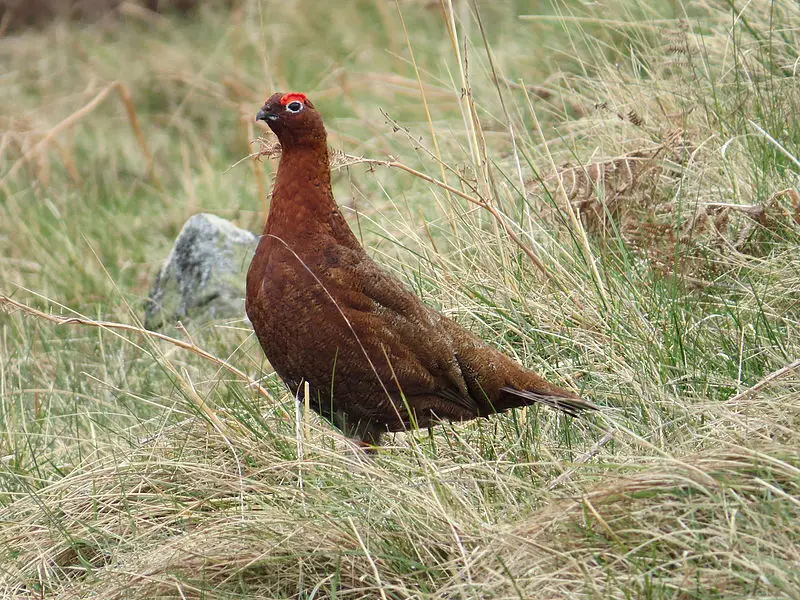
The red grouse is a bird found in heather moorland in Great Britain and Ireland. They are about medium-sized and has a distinctive red and brown plumage.
They are sometimes considered to be a separate species, Lagopus scoticus. In addition, they are also known as moorcock, moorfowl, or moorbird.
They belong to the grouse family and are mostly found in heather moors where they feed on heather, seeds, and insects.
Despite being hunted for sport, their populations remain stable due to their adaptability to their habitat.
The name Lagopus is derived from the Greek word ‘lagos’ which means hare-footed, describing their feathered legs.
The red grouse is an important part of the British countryside and is a popular sight for nature enthusiasts.Scientific classification:
| Kingdom | Animalia |
| Phylum | Chordata |
| Class | Aves |
| Order | Galliformes |
| Family | Phasianidae |
| Genus | Lagopus |
| Species | L. lagopus |
| Subspecies | L. l. scotica |
12. Meadow Pipit
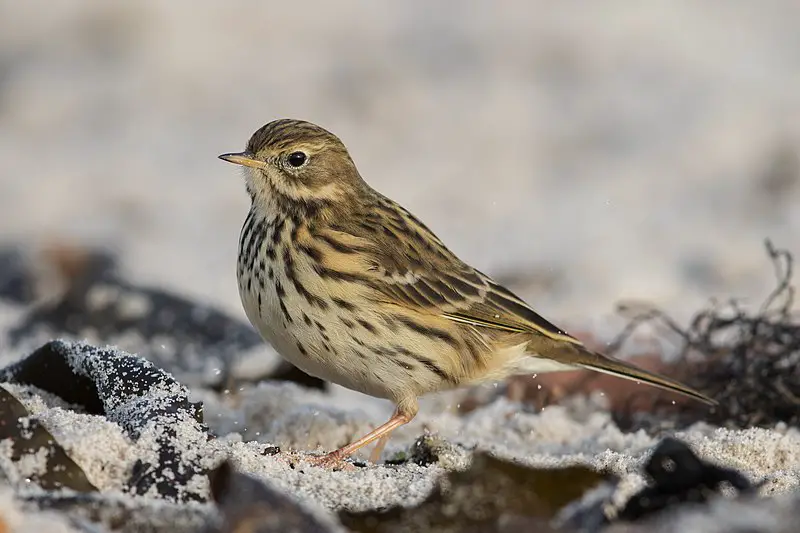
The Meadow pipit is a small bird that is found in the Palearctic region. It breeds in various parts of the region, including southeastern Greenland, Iceland, and central France.
The bird also inhabits areas east of the Ural Mountains, and a small isolated population can be found in the Caucasus Mountains. The Meadow pipit is a migratory bird and travels extensively during this time.
It winters in different parts of southern Europe, North Africa, and southwest Asia. Due to its size and active behavior, it is known to be a difficult bird to locate in open grasslands and meadows.
The Meadow pipit feeds on insects and other small invertebrates and has a melodious song.
Although the bird is widespread, its populations have been affected by changes in agricultural practices, and urbanization.Scientific classification:
| Kingdom | Animalia |
| Phylum | Chordata |
| Class | Aves |
| Order | Passeriformes |
| Family | Motacillidae |
| Genus | Anthus |
| Species | A. pratensis |
Also Featured In: Birds of Orkney,
13. Curlews
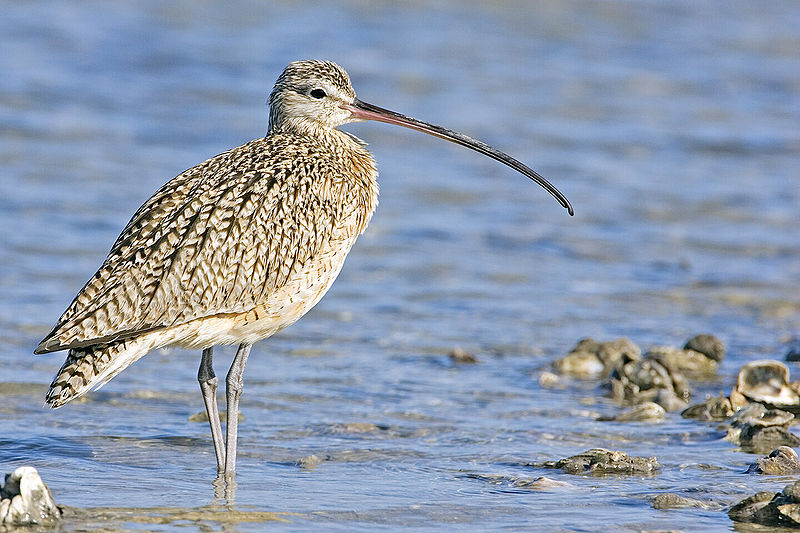
Curlews are a type of bird known for their distinctive long and slender bills that curve downwards. They have mottled brown plumage, which helps them blend into their habitat.
The English name, curlew, may have been influenced by the French word corliu, meaning messenger. The name is also imitative of the Eurasian Curlew’s call, which is distinctive and easily recognizable.
The group consists of nine species of birds in the genus Numenius, which are found all around the world. Curlews were first recorded in Langland’s Piers Plowman in 1377.
They are known for their unique appearance and behavior, making them a fascinating and sought-after bird for birdwatchers and enthusiasts.Scientific classification:
| Kingdom | Animalia |
| Phylum | Chordata |
| Class | Aves |
| Order | Charadriiformes |
| Family | Scolopacidae |
| Genus | Numenius Brisson, 1760 |
Also Featured In: Birds You Should Know in West Wales,
14. Wheatears
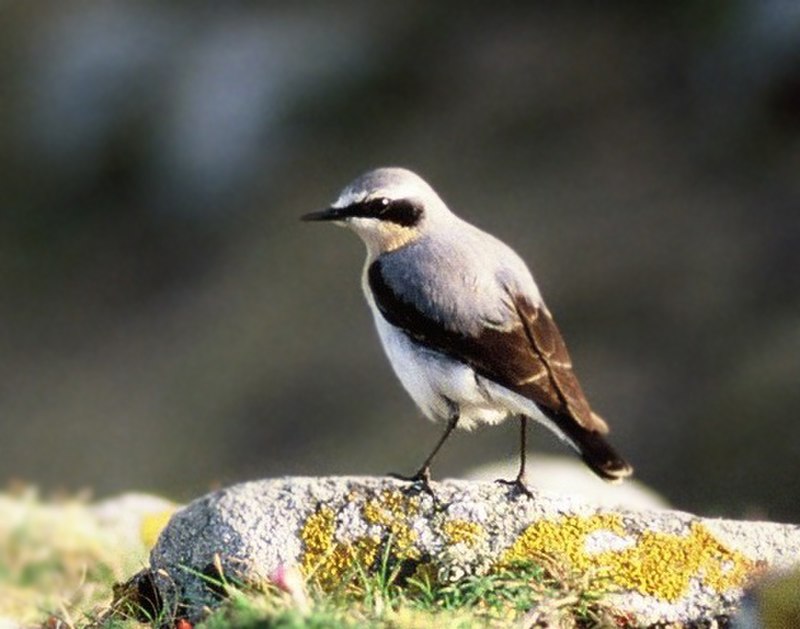
Wheatears are a species of passerine birds found in the Old World. Although they were once considered part of the thrush family, they are now commonly grouped with flycatchers.
One species, the northern wheatear, has managed to establish a presence in eastern Canada and Greenland, as well as in western Canada and Alaska. These birds are named for their distinctive white rump, which resembles the color of wheat.
Wheatears are small and elegant, with slender bodies and long wings. They are adept at catching insects on the wing, often executing impressive aerial maneuvers to do so.
Despite their adaptability, wheatears are also threatened by habitat loss and other factors, making conservation efforts crucial to their survival.Scientific classification:
| Kingdom | Animalia |
| Phylum | Chordata |
| Class | Aves |
| Order | Passeriformes |
| Family | Muscicapidae |
| Subfamily | Saxicolinae |
| Genus | Oenanthe Vieillot, 1816 |